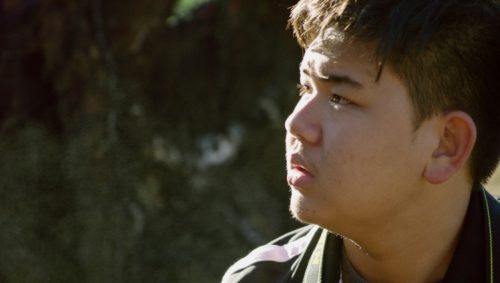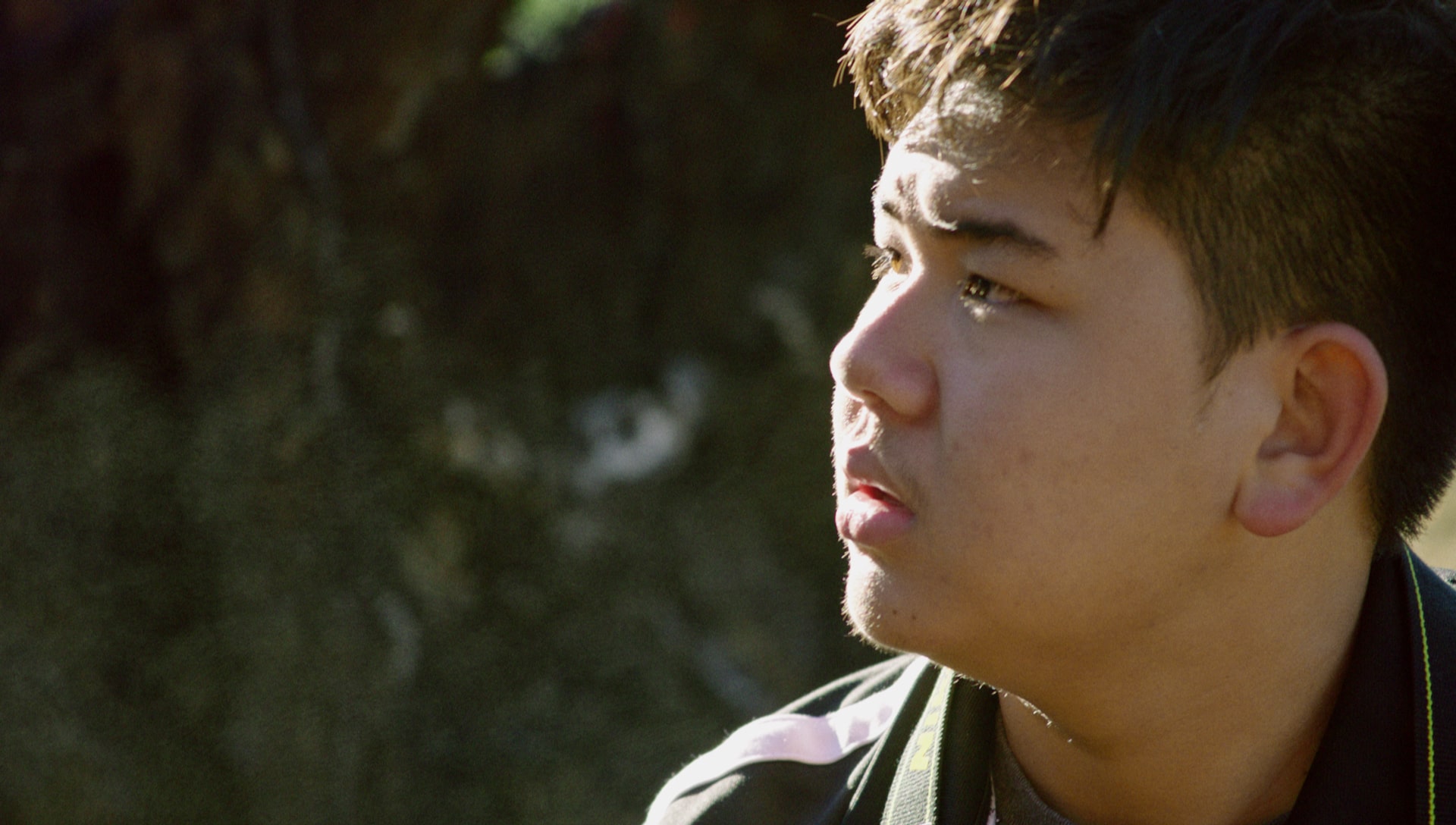Inventing Tomorrow- The Most Important Film Since Al Gore’s “An Inconvenient Truth.”
Film Reviews, Green and Eco — By Buddy Sampson on November 26, 2018 at 3:41 amInventing Tomorrow
By Buddy Sampson

Jared Goodwin, a student from Hilo, Hawaii, was one of the outstanding young scientists in the film, the most important film since Al Gore’s “An Inconvenient Truth.”
We screened the film “Inventing Tomorrow,” a film about students from different parts of the world concerned about each of their environments and effects that natural disasters, such as tsunamis and volcanos and man-made problems, such as factories and mining have had on their respective countries. These students, who are all teenagers, have decided to use scientific means to combat the issues of their countries. They are all in competition to win at a Science Fair, (the Intel International Science and Engineering Fair) ISEF. and although some of the students didn’t win in the science fair, they all are winners in their individual goals to help save their environments and affect change, through each of their efforts in the realm of science. The screening, sponsored by Qualcomm, and co-presented by the PBMS Motley Crew and the Women’s International Center, the independent film, directed and also co-produced by Laura Nix and also produced by Diane Becker and Melanie Miller the film, a very ambitious project with students that ranged from Indonesia, to Mexico and to Hawaii, was casted beginning in November 2016 and recorded and edited in 2017.
The cultural, regional and national frameworks for understanding the film were seeing the damage taking place in each of their countries and the ecological damage that natural and man-made disasters were creating in the students’ respective environments. The film, a film of hope and inspiration, is a film that renews faith in our ecological future, viewing young people that are truly concerned about the world and the environment. There were several arguments in the film, among them were 1) how to combat land damage to soil, 2) their collective fight against companies that valued profit over ecology and 3) what these dynamic students were (and are) attempting to solve complex problems that will affect their future and the future of their countries.
The film used many dramatic production techniques for dramatic intent. Many of the shots were taken in dramatic fashion, such as the filming of an actual volcano in progress. There were many long shots, close ups and lighting techniques, including using natural light and front and back lights for the interviews of the subjects. They also used “a fly on the wall” technique to capture several intimate moments, that were featured in the film. The editing, spearheaded by Helen Kearns, featured cross cuts and dramatic music, that emphasized the important work of these fantastic and caring students. An important film, this film is the most important film made about the environment since Al Gore’s “An Inconvenient Truth,” and while it wasn’t a parody of the film, it served as an important work that hopefully will galvanize many to be more concerned about the environment. The film chronicled their work and their journey to the Los Angeles Science Fair, with approximately 1800 contestants and would not have been as effective as a fictional film, especially because it presented, in real time, some of the effects of the ecological damage of their countries.
The audience at the screening was a fantastic mix of teenagers and older adults, a diverse crowd of students that were engaged and involved. The audience responded well to the film, and were visibly uncomfortable seeing the work of these kids and the damage being done to their environment. What was very encouraging was the questions that young people, including a large group of middle school kids were asking the producer and one of the subjects of the film, Jared Goodwin, who, in addition to the producer, Diane Becker, we were fortunate to sit down with. I was blessed to be able to interview Becker and asked an additional question in the Q&A. My question was- how were the filmmakers able to capture the intimate moments in film, particularly between the relatives in the film? “That’s a testament to Laura (Nix, the director) and our whole team,” said Diane Becker. “She made all of the students feel very comfortable and really worked hard to talk to them on their level and she was honest with them. She has a way of making them feel really safe. We had a small camera team, it wasn’t very big and our cinematographer, Martina is very talented. She knows how to be a fly on the wall.”
Stay tuned for more on the San Diego Asian Film Festival- more to come!


 Tweet This
Tweet This Digg This
Digg This Save to delicious
Save to delicious Stumble it
Stumble it




